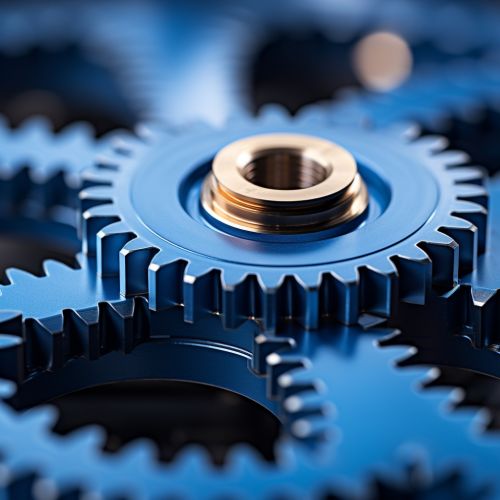Lifespan of a Cycle
Introduction
The lifespan of a cycle, in general terms, refers to the duration or period of time during which a particular cycle or process takes place. This concept is applicable in a wide range of fields, including physics, biology, economics, and computer science, among others. Each of these fields has its unique interpretation and application of the concept, based on the nature of the cycles involved.


Physics
In physics, the lifespan of a cycle can refer to the period of a wave, which is the time taken for one complete cycle of the wave to pass a given point. This is a fundamental concept in wave theory, and it is crucial in understanding phenomena such as light, sound, and electromagnetic waves.
Oscillatory Motion
In the context of oscillatory motion, such as that exhibited by a pendulum or a mass-spring system, the lifespan of a cycle is the time taken for the system to complete one full oscillation. This is also known as the period of oscillation. The period is inversely proportional to the frequency of the oscillation, which is the number of cycles per unit time.
Electromagnetic Waves
For electromagnetic waves, the lifespan of a cycle is the period of the wave, which is the time taken for one full wave - from crest to crest or trough to trough - to pass a given point. This period is inversely proportional to the frequency of the wave. In the electromagnetic spectrum, different types of waves, such as radio waves, microwaves, infrared waves, visible light, ultraviolet rays, X-rays, and gamma rays, have different periods and frequencies.
Biology
In biology, the lifespan of a cycle can refer to the duration of various biological processes or life cycles.
Cell Cycle
In the context of the cell cycle, the lifespan of a cycle is the time taken for a cell to go through one complete round of division and replication. This includes the phases of interphase (G1, S, and G2), mitosis, and cytokinesis.
Life Cycles
The lifespan of a cycle can also refer to the duration of an organism's life cycle, from birth or hatching to maturity and reproduction, and finally death. This can vary greatly among different species. For example, the life cycle of a mayfly may last only a few days, while that of a Galapagos tortoise can span over a century.
Economics
In economics, the lifespan of a cycle can refer to the duration of various economic cycles.
Business Cycle
The business cycle, also known as the economic cycle, refers to the fluctuations in economic activity that an economy experiences over a period of time. The lifespan of a business cycle is the time taken for the economy to go through one complete cycle of expansion (growth), peak (boom), contraction (recession), and trough (depression), and back to expansion.
Product Life Cycle
The product life cycle refers to the stages a product goes through from when it is first introduced into the market until it is withdrawn from the market. The stages typically include introduction, growth, maturity, and decline. The lifespan of a product life cycle can vary greatly depending on the product and market conditions.
Computer Science
In computer science, the lifespan of a cycle can refer to the duration of various computational processes.
Processor Cycle
In the context of a computer processor, the lifespan of a cycle is the time taken for the processor to execute one instruction cycle, which includes the fetch, decode, execute, and store stages.
Software Development Life Cycle
The software development life cycle (SDLC) refers to the process of developing software, from initial concept and planning, through design and coding, to testing, deployment, and maintenance. The lifespan of the SDLC can vary greatly depending on the complexity of the software and the methodologies used.
